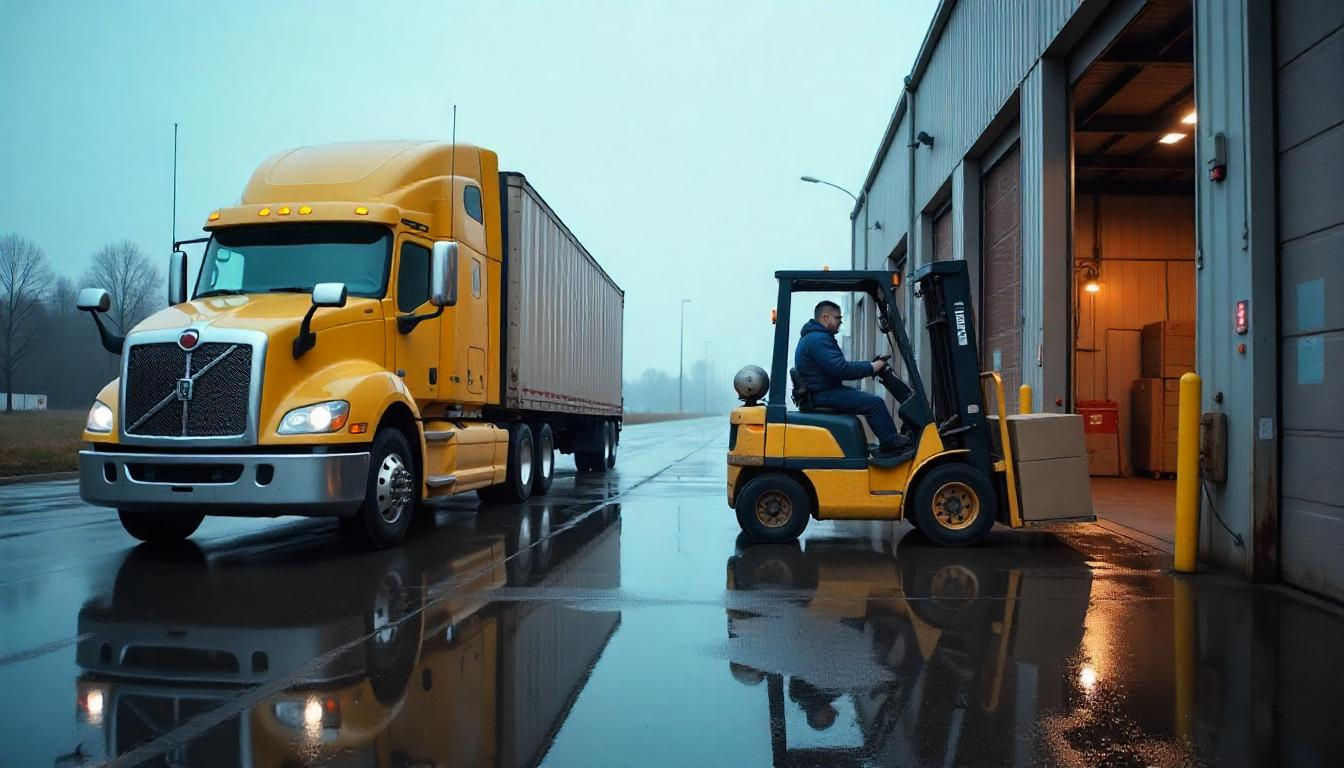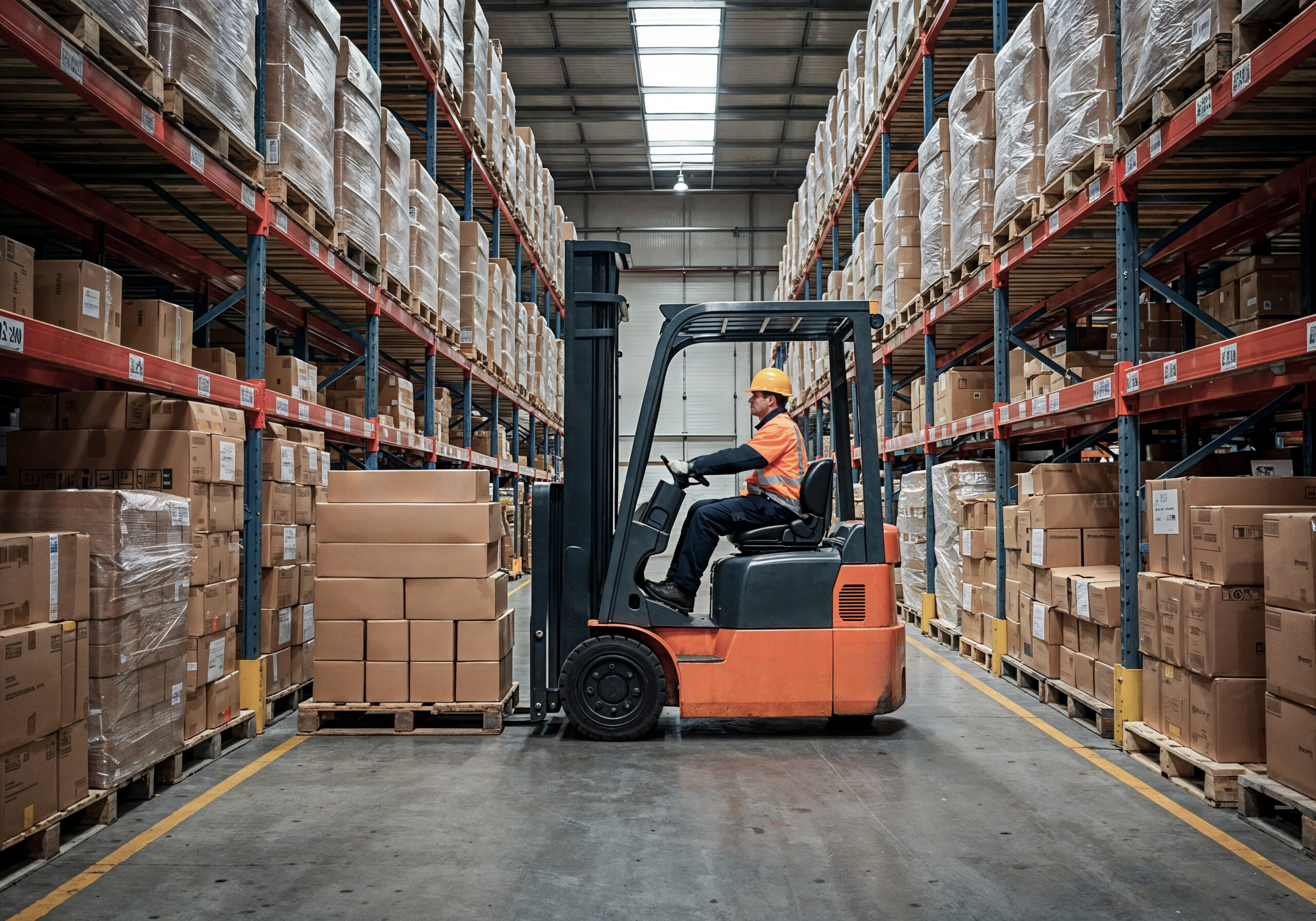 Transloading vs Cross-Docking: An Overview
Transloading vs Cross-Docking: An Overview
In today’s fast-moving logistics landscape, selecting the right strategy—transloading or cross-docking—can make a substantial difference in operational efficiency and cost savings. Each approach offers distinct benefits to streamline supply chains, minimize expenses, and improve performance.
Transloading involves transferring goods between different transportation modes, optimizing shipping routes, and reducing transit durations. Cross-docking, meanwhile, consolidates shipments for rapid distribution, cutting storage requirements and accelerating delivery times. As companies seek to refine their supply chain operations, understanding the differences between these strategies is crucial.
This article examines the key distinctions, advantages, and ideal applications of transloading and cross-docking, helping you determine which method will elevate your logistics efficiency and drive business growth in a competitive market.
Key Differences Between Transloading and Cross-Docking
Transloading and cross-docking serve different purposes in logistics. Transloading focuses on shifting goods between transportation modes—such as from ships to trucks or rail—to optimize long-distance shipping. This method is particularly useful for international shipments, allowing businesses to adjust transport methods for efficiency. It may also involve splitting large shipments into smaller, more manageable loads.
Cross-docking, in contrast, prioritizes speed by minimizing storage. Goods arrive at a distribution hub, are sorted, and immediately transferred to outbound vehicles for delivery. This approach is ideal for time-sensitive products or high-turnover inventory, reducing handling time and warehousing needs.
While both strategies improve efficiency, their applications differ. Transloading suits long-haul shipments requiring multiple transport modes, whereas cross-docking excels in rapid distribution scenarios. Choosing the right method depends on your logistical priorities—whether optimizing routes or speeding up deliveries.
Benefits of Transloading for Logistics Operations
Transloading enhances logistics operations by improving route optimization and reducing transit times. By switching between transport modes—such as sea freight for long distances and trucks for last-mile delivery—businesses can achieve cost-effective and faster shipping.
This strategy also offers flexibility to adapt to demand fluctuations. Companies can adjust shipment sizes and routes, preventing overstocking or shortages. Additionally, transloading mitigates risks from disruptions like port delays by providing alternative routing options.
Cost savings are another major advantage. By using the most efficient transport method for each leg of the journey, businesses can lower overall shipping expenses. Bulk shipping discounts for long-haul segments, combined with smaller final-mile deliveries, further reduce costs while improving handling efficiency.
Advantages of Cross-Docking in Supply Chain Management
Cross-docking significantly cuts storage costs and speeds up delivery. By eliminating long-term warehousing, businesses save on facility expenses and space, making it ideal for perishable goods or fast-moving products.
This method also boosts efficiency by minimizing handling. Products move directly from inbound to outbound transport, reducing errors and damage risks. Faster order fulfilment improves customer satisfaction, especially in industries like retail and e-commerce where quick turnaround is critical.
Additionally, cross-docking supports just-in-time (JIT) inventory systems, reducing excess stock and associated costs. This lean approach is particularly valuable in competitive markets where efficiency and responsiveness are key.
Looking for a Cross-dock Facility in Houston TX.
When to Use Transloading: Ideal Scenarios and Industries
Transloading is highly effective in industries requiring multi-modal shipping, such as international trade. Manufacturers and retailers benefit from its flexibility in adjusting transport methods to optimize costs and delivery times.
Industries dealing with bulk commodities—agriculture, mining, and energy—also gain from transloading. Breaking large shipments into smaller loads improves manageability and ensures timely distribution. Seasonal businesses, like retail during peak holidays, can leverage transloading to handle surges in demand efficiently.
When to Choose Cross-Docking: Best Use Cases
Cross-docking excels in scenarios requiring rapid distribution, such as retail and e-commerce. Retailers use it to quickly restock stores, avoiding inventory delays and meeting consumer demand.
The food and beverage industry also benefits from cross-docking, as perishable goods require minimal storage to maintain freshness. E-commerce businesses rely on this method to speed up order fulfillment, meeting customer expectations for fast delivery.




